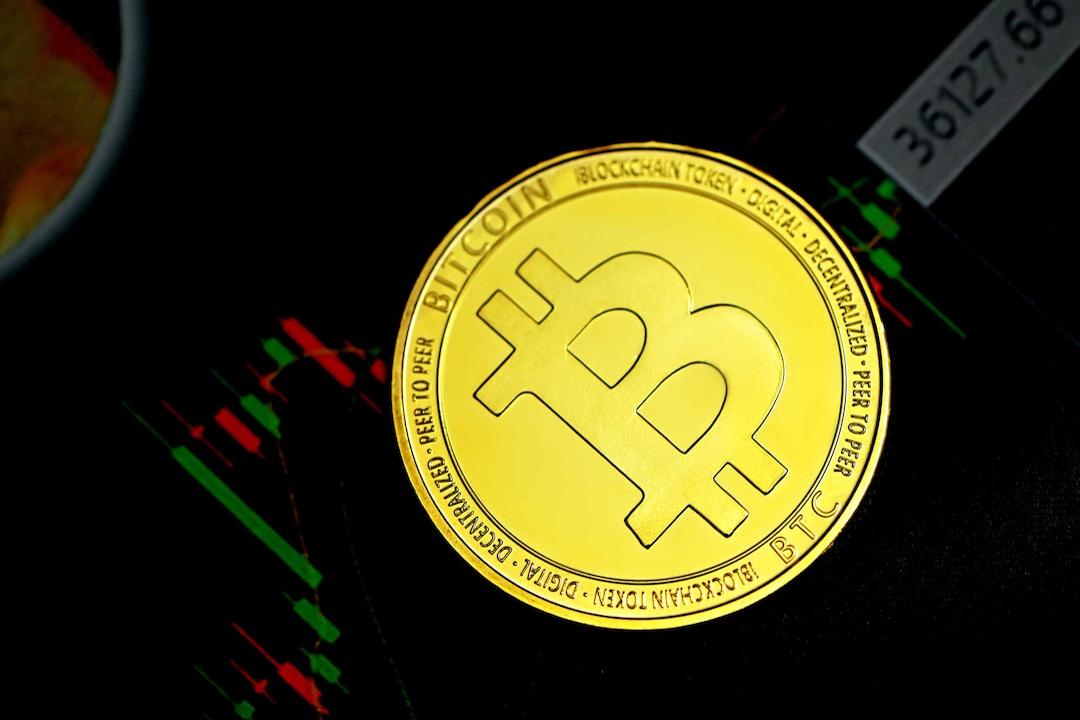As the highly anticipated halving event draws near, Bitcoin continues to trade above the psychological level of $70,000, further strengthening the bullish long-term price predictions made by market analysts.
According to a research report by Bitfinex analysts, following the halving, the price of Bitcoin (BTC) could potentially increase by over 160% and reach a cycle high of more than $150,000. CoinMarketCap data shows that Bitcoin experienced a 2.2% decrease in the 24-hour period leading up to 11:50 am UTC, trading at $70,694. However, it has seen a weekly increase of over 7.5%.
Despite these positive indicators, the analysts caution that there is a higher level of selling pressure compared to previous cycles, mainly due to Bitcoin reaching a new all-time high before the halving, a first in the history of cryptocurrency. This confidence exhibited by Bitcoin bulls could potentially introduce significant selling pressure since 1.87 million BTC, accounting for 9.5% of the circulating supply, was purchased above the $60,000 mark.
During the halving period, Bitcoin prices may experience a sharp decline as a result of the Federal Reserve’s quantitative tightening, which involves reducing liquidity in the markets. Arthur Hayes, the co-founder of BitMEX, emphasized this point in a blog post on April 8.
The United States spot Bitcoin exchange-traded funds (ETFs) have played a crucial role in the price rally of Bitcoin, accounting for approximately 75% of new investments in the cryptocurrency when it surpassed the $50,000 mark by February 15, according to CryptoQuant research. Since their launch, Bitcoin ETFs have accumulated over 841,900 BTC, equivalent to $59.2 billion, representing 4.28% of the circulating supply. Dune suggests that with the current accumulation pattern, Bitcoin ETFs are projected to absorb 2.6% of the Bitcoin supply annually.
Last week, Bitcoin ETFs saw net inflows of over $500 million, with a daily net inflow of $286 million on April 8, the first trading day of the week, as reported by Dune.
As the halving event approaches, it is important to note that the profitability of Bitcoin mining may not necessarily decline.

